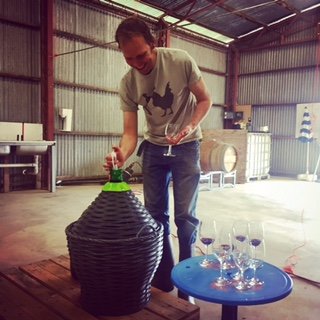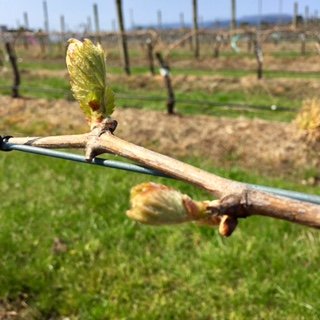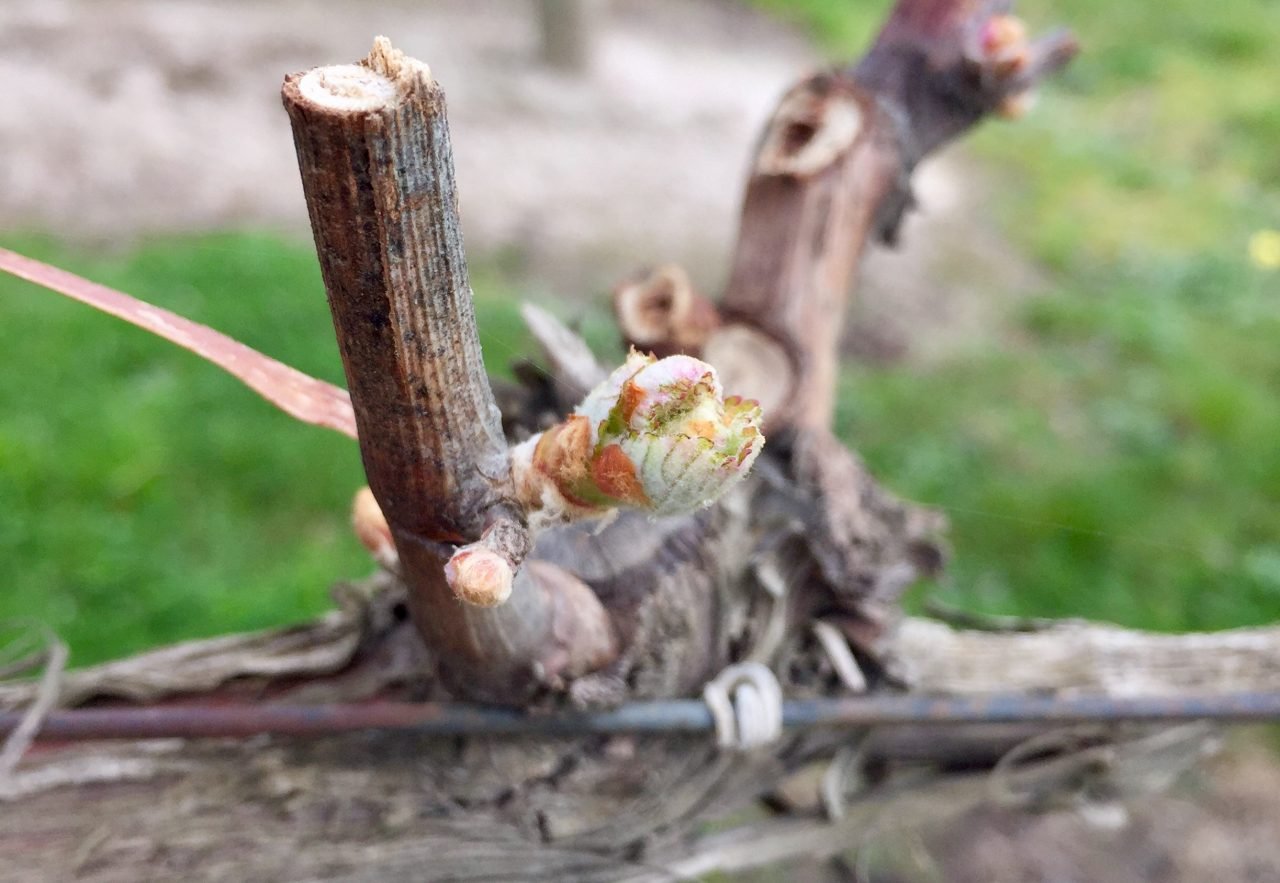
Parson’s Gully Heathcote
This week I was out in the field and back in the tasting lab. We were delighted to see that the vines subjected to our first lesson in pruning were still alive and the buds were bursting nicely. Phew! We had a really tough Wine Chemistry practical about identifying aromas and the complex chemicals responsible for them, and I took Phil up to Heathcote to experience the tranquillity of pruning some gorgeous vines.
Top 3 things I have learnt this week:
1. Complex Aromatics
Until now, Wine Chemistry has been pretty accessible to me with my Biochem background. Aromas however, have been just the challenge I was searching for. Part of the magic of wines, the thing that bewitches so many, is the phenomenon that a single fruit that makes them all. Grapes can give rise to a wide spectrum of flavours in the finished product. In my early days of discovering wine, I wondered how aromas of tropical fruit, butter and chocolate got into my grape derived beverage. The truth is that these aromas come from three stages in the wine making process…
Primary
Primary aromas are derived directly from the fruit. Fruity and floral aromas are produced by the metabolism of different substrates in the grapes. Though when you pick a wine grape, some of these aromas may not be obvious at first, they are released during fermentation by yeast. Riesling grapes are especially celebrated for their array of primary aromas, which are delicately preserved all the way to the bottle.
Primary aromas from some grapes, i.e. Chardonnay and Cabernet Sauvignon can vary a great deal depending on the climate they are grown in. In a cool climate, Chardonnay will have notes of citrus and green apple. However, in warmer climates, aromas of tropical fruits are expressed. Cabernet Sauvignon from a cool climate can be packed full of herbaceous flavours like green capsicum and mint, less prominent in the rich black fruit aromas from a warmer climate.
Secondary
Secondary aromas come from the process of fermentation and contact with ‘the lees’ (dead yeast cells post fermentation). If you hear phrases like a ‘buttery’ Chardonnay or experience flavours like bread, nuts (almonds) or a creamy texture, they will be secondary wine characteristics.
Tertiary
Tertiary aromas are derived from ageing. Oak ageing will give rise to notes of spices, leather, meaty or smoky flavours and notes of toasted nuts. Over time wines tend to lose their primary fruit flavours and pick up more of these tertiary components.
The best wines, or wines at their peak have a complex balance of all of these components.
I used this picture from WineFolly for reference
2. Budburst!

I pruned this vine and it didn’t die hooray!!
After a super cold spring, the buds on Victoria’s vines are finally bursting. Better late than never – and hopefully now they will safe from any snap frost events. We were back at Helen’s Hill this week to see how our pruning effected the vines. Delighted to see that they were all still alive, we used the opportunity to really investigate the phenology (life cycle) of the vines at this stage in the season.
At pruning a set number of buds is left to control vigour and yield. At this time of year the percentage budburst is calculated to give the first actual indication of the action of the vine that season. If conditions are favourable, the vines will push more buds than those that are left. As well as the primary buds, secondary buds also push from the nodes, and other buds are pushed from the base of the spurs and older wood.
These extra shoots, especially the ‘water shoots’ from old wood are less fruitful. They contribute to the canopy of the vine but not the fruit yield, so it is best to remove them and decrease the risk of disease and shading. This is the first degree of canopy management for the season.
3. Pleasure or pain?

Nothing but pleasure from our home brew – Teachers’ Pet Shiraz!
This week focused on alcohol content of wines. Due to similarities in their chemical structures, alcohol can be sensed as a sweetness like sugar. As the level of alcohol in wine gets higher, the sensation is felt as a warming or pain sensation. Think about that burn that spirits leave.
Carbon dioxide fizz is also experienced as a sensation of pain – Cham-pain?! Wow – the best sort of pain ever.
Extra stuff…
So I may have lined up a casual job in a cellar door next month! We also have an ongoing opportunity to help some friends re-establish a previously neglected vineyard with about 12 acres of vines in Heathcote, and Phil and I are continuing to explore our own future options. We racked our Teachers Pet Shiraz too (and its tasting pretty good)!
Next week: I’m back up in Heathcote with my crew for another session pruning, I’m attending a screening of The Australian Women in Wine Awards and have lots of pending assignments! Until then…
Thank you for reading.

